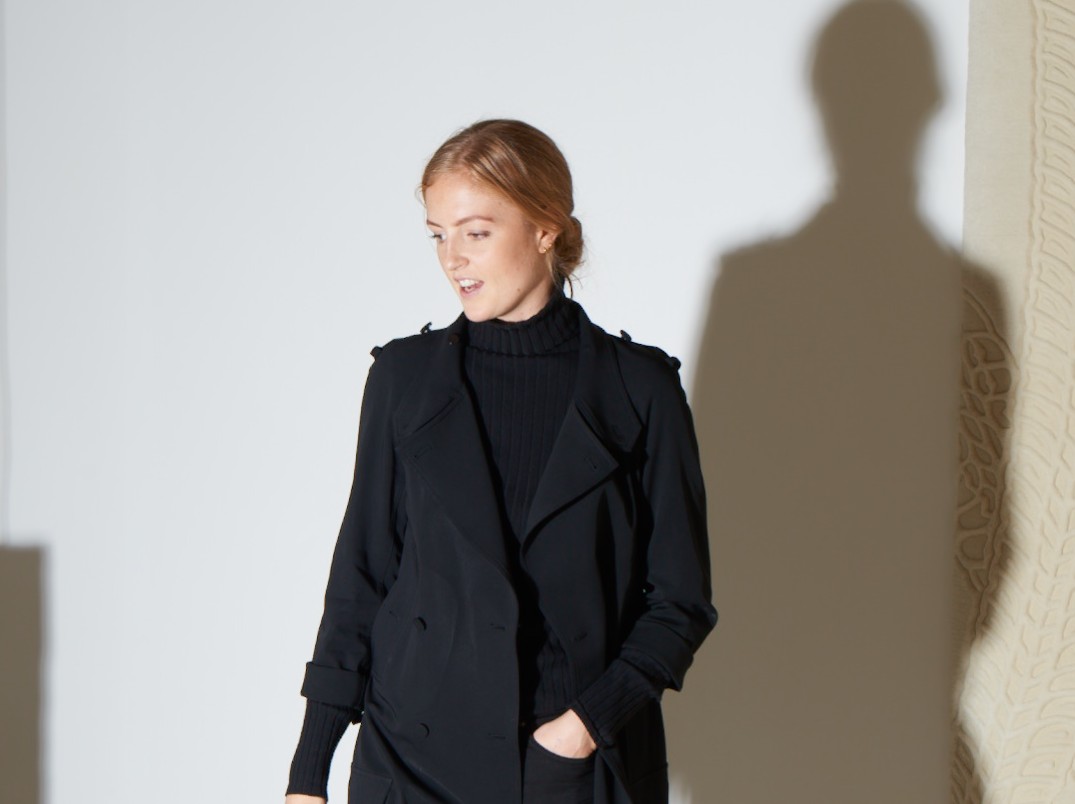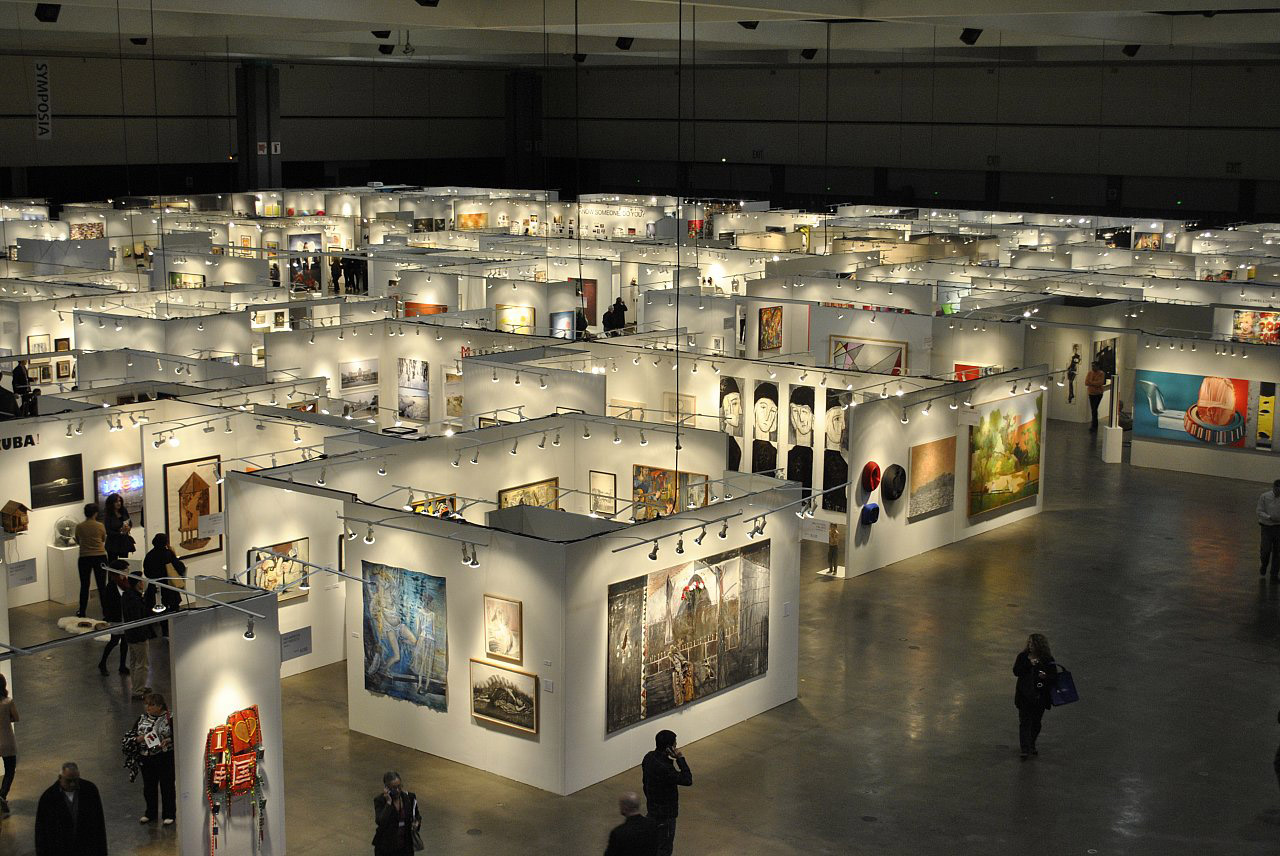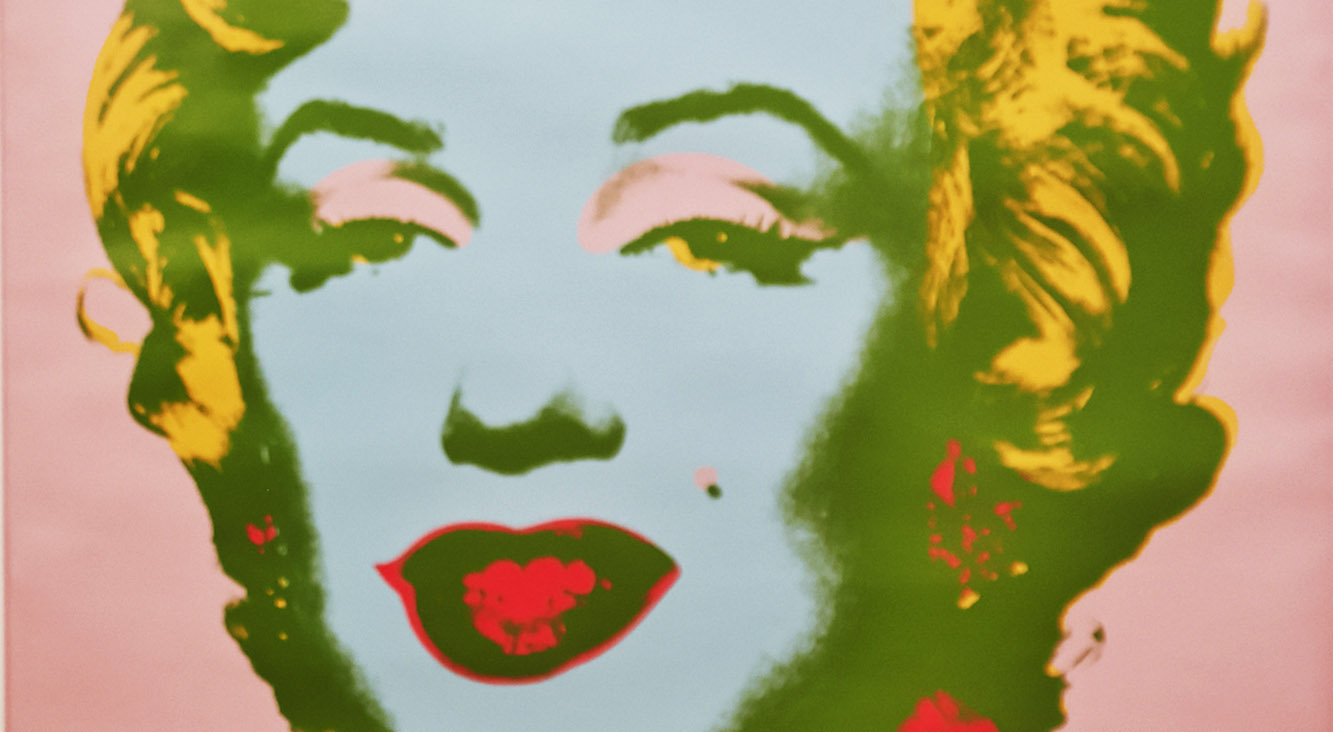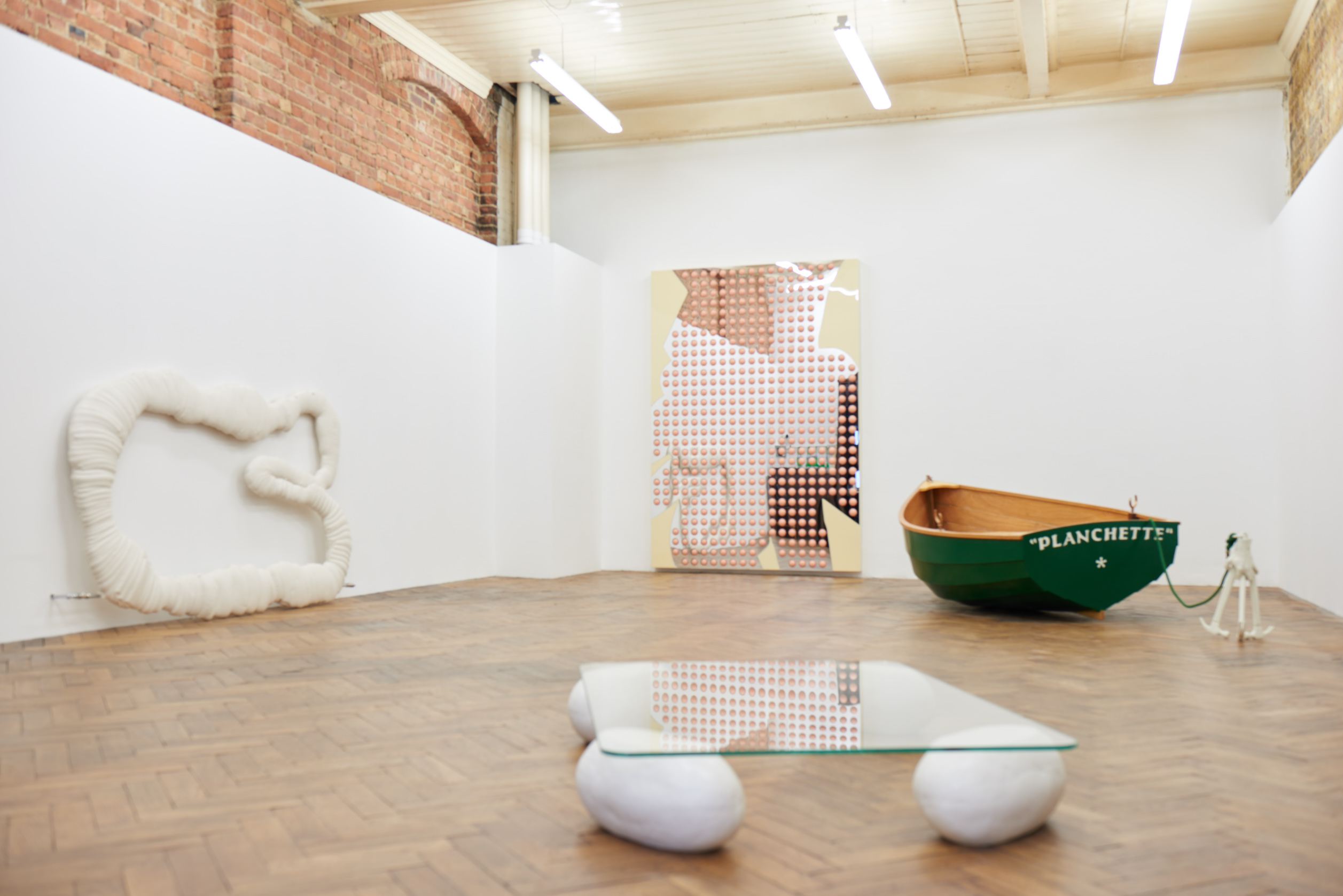
Studio Leigh is a London-based contemporary art gallery situated in the heart of Shoreditch. It serves as a commercial gallery and commissioning platform, which allows artists to create works that explore the space between use-value and art for art’s sake. Spearheading this exciting new gallery is the daring visionary, founding Director, Tayah Leigh Barrs. Here she discusses what led her to opening up her own space and what she has in store for 2016.
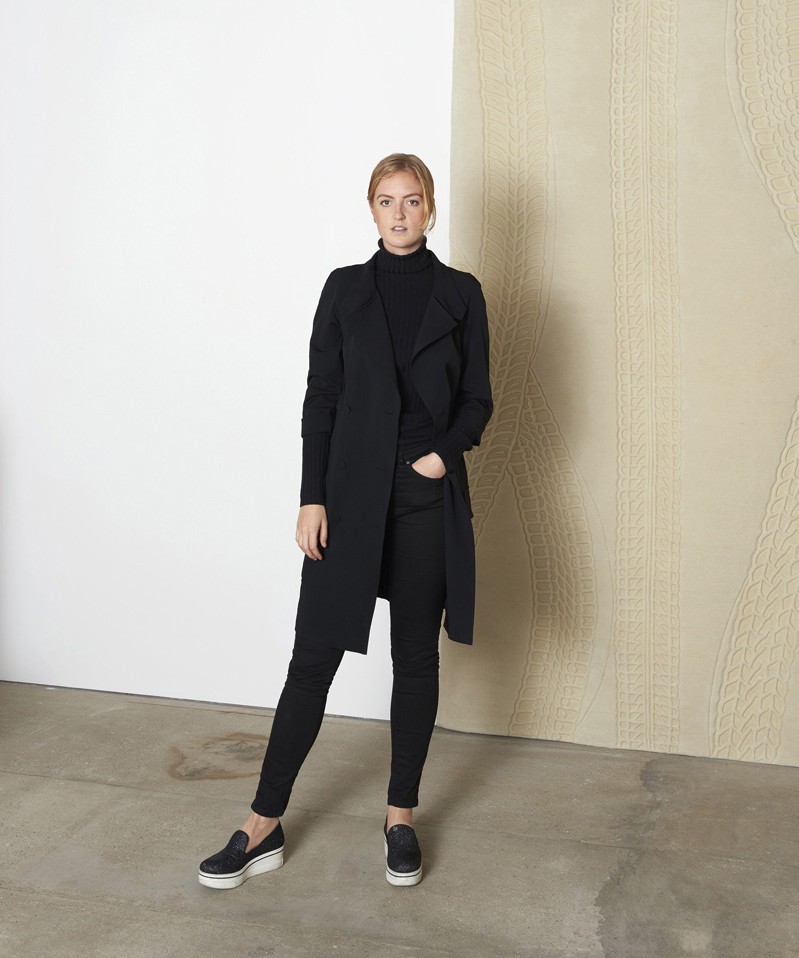
Art Report: Tell us about your art background and what led you to this point in your career.
Tayah Leigh Barrs: I studied at Central Saint Martins after which I went to work for Mario Testino as part of his creative team. Working with him introduced and allowed me to cross between the different boundaries of art and design. As an influential collector himself, I was always very intrigued by the way in which he implemented art into a personal environment—which drew me into a consideration essentially to do with how we live with art. I always loved the ability for works to appear unexpectedly within a domestic context. So this, alongside an appeal towards the sense of openness and immediacy a recognized object has, led me into creating Studio Leigh. There is an intimacy to functional objects that has always appealed to me, and I essentially I wanted to provide a place for artists to respond to that.
AR: What is the most important first impression that this space should have on a visitor?
TLB: Well Studio Leigh is housed in an 18th Century Varnish factory with a plethora of original features from when it was built, so normally people look at the ceiling first! But in general I consider it a space which presents a middle ground. It feels part domestic and part gallery and the works follow suit. Artists have tended to respond to the studio concept in ways that aren’t materially recognizable to their practice—conceptually they remain identifiable and everything is seen as an artwork. However, the process and materiality of the works often differs from their usual output. For instance we have painters making glass tables, ceramicists making a wooden boat and a performance artist making a massaging wall! So first impressions are probably that the space feels eclectic, somewhat playful and perhaps a little unexpected.
AR: What do you have planned for 2016?
TLB: We have a full program now set, which is very exciting: four solo shows and one group. Next up we have Gabriel Hartley doing a solo presentation over two floors of the gallery that opens March 10th.
AR: How did you become interested in this idea of creating useful art and the overall concept for your space – what prompted you to curate an entire exhibition on it and why do you think it is important?
TLB: It started truly as a personal urge. I am completely intrigued by an object’s ability to be open, present, immediately engaged with, provocative. Successful artworks (functional or not!) have the same effect on me. But I love the playfulness of moments where concept meets function. I think it is a place a wide audience enjoys engaging with so I wanted to make a space for it. The idea of “useful” art comes across as quite a blunt concept, but for me it’s incredibly sensitive. There is a huge narrative behind each of the works, and in fact, a show we have opening in late September is really based on this idea of bringing out the narrative of an object once engaged with on a functional level.
AR: What is the most important thing your gallery can do to gain recognition? What kind of online presence is important to you?
TLB: For me, first and foremost is engaging with your personal network. Online is great to reach the masses, but it’s the close relationships that really matter. So talk to everyone!! But online presence is, of course, important and is becoming more and more so—especially when wanting to reach an international audience.
AR: Following on from that, as a result of social media, there seems to be a new breed of artist—one that’s playing both the role of creator and promoter? What’s your take on these digital platforms? Is the art dealer/curator fast becoming a dying breed?
TLB: I feel if an artist can be successful in promoting their work and gains recognition and can sustain their practice in this way, then why not! It’s a hard industry, and if you find a way to make it work for you, then I have no qualms. I do not, however, think the dealer/curator is becoming a dying breed. I think the way we will engage with art and its potential trade will develop and change quite dramatically in the near future. Buying and selling online is becoming an increasingly popular mode of business. Even with Studio Leigh, we have an “enquiry” option on the website, but the dealer/curator will always be present—it just depends in what form.
AR: What’s been the highlight of your career so far?
TLB: Our inaugural show being included in Artnet’s Top 10 Exhibitions in Europe 2015 was a good moment. To feel people are understanding and responding to the concept and works and believing in them is always a high.
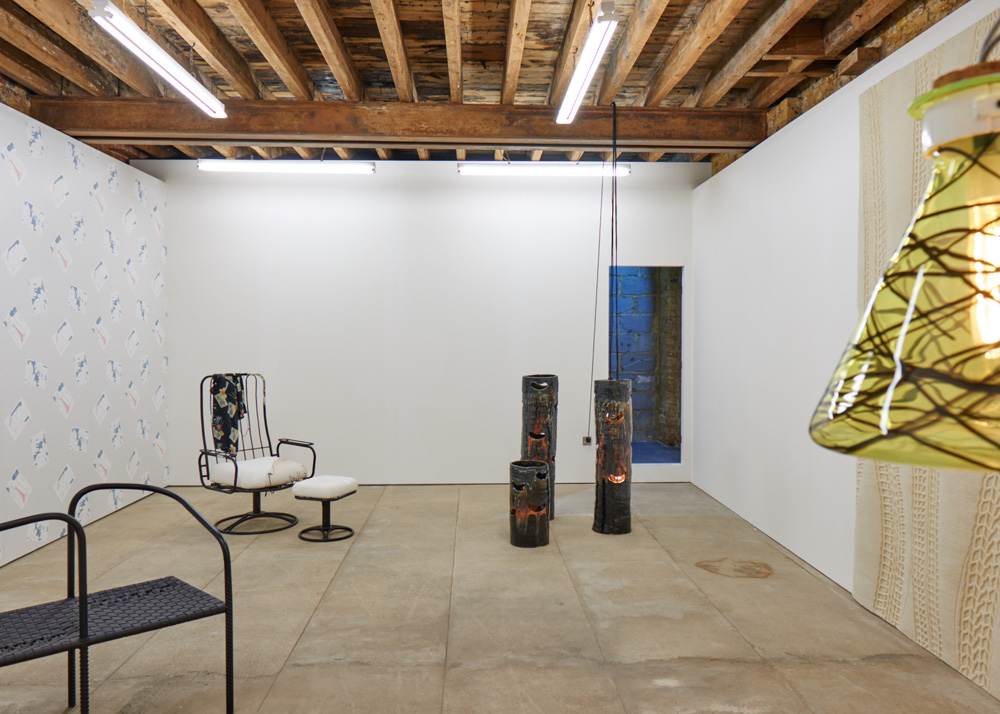
AR: What’s the best piece of advice you were given when you opened your gallery and what advice would you give any young gallerists on opening their own?
TLB: Dedicate and believe! In both the artists, the works… don’t expect it to be easy and keep engaging. Also having a decent knowledge of number crunching is useful! Somewhat daunting as a young gallery—it’s hard to forecast exactly—but it’s still good practice. Everyone I spoke to when opening told me to “know my numbers” and there’s a reason it kept being repeated!
AR: How do you choose the artists that you work with?
TLB: All the artists I work with either have a thread within their practice that I feel would engage with Studio Leigh’s concept successfully, or we have spoken and recognized an element of their work or idea they have that could be brought to fruition with assistance from the gallery.
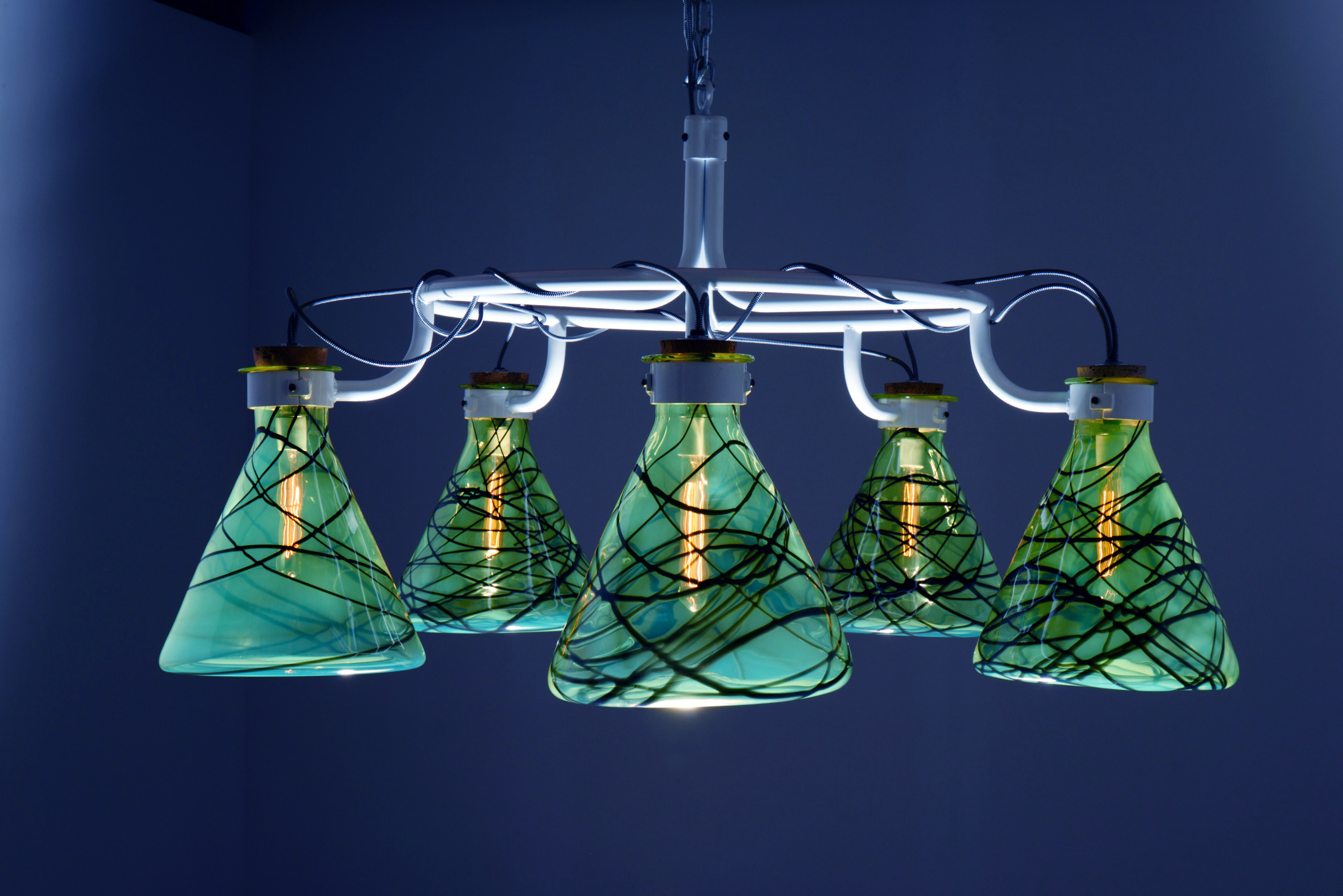
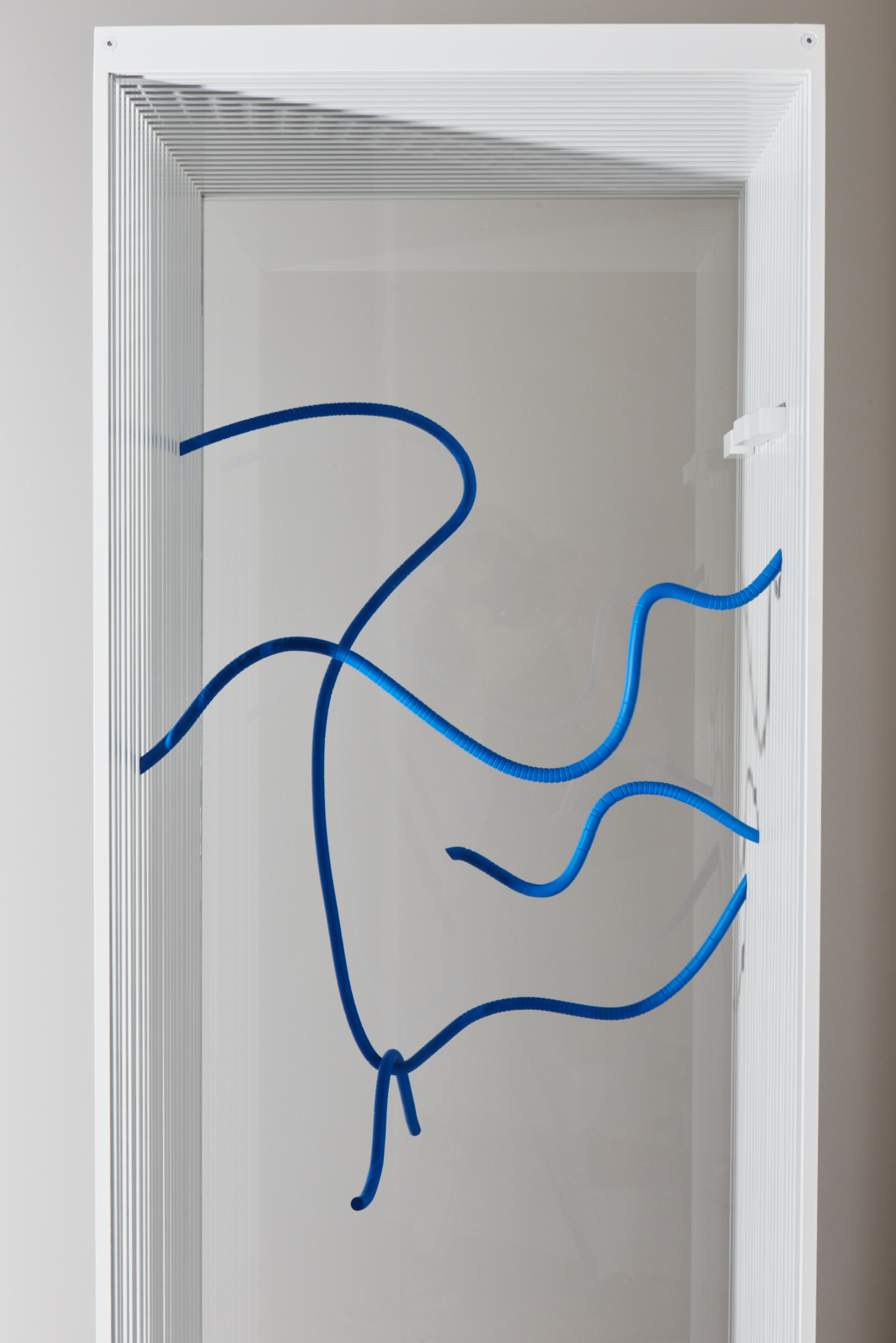
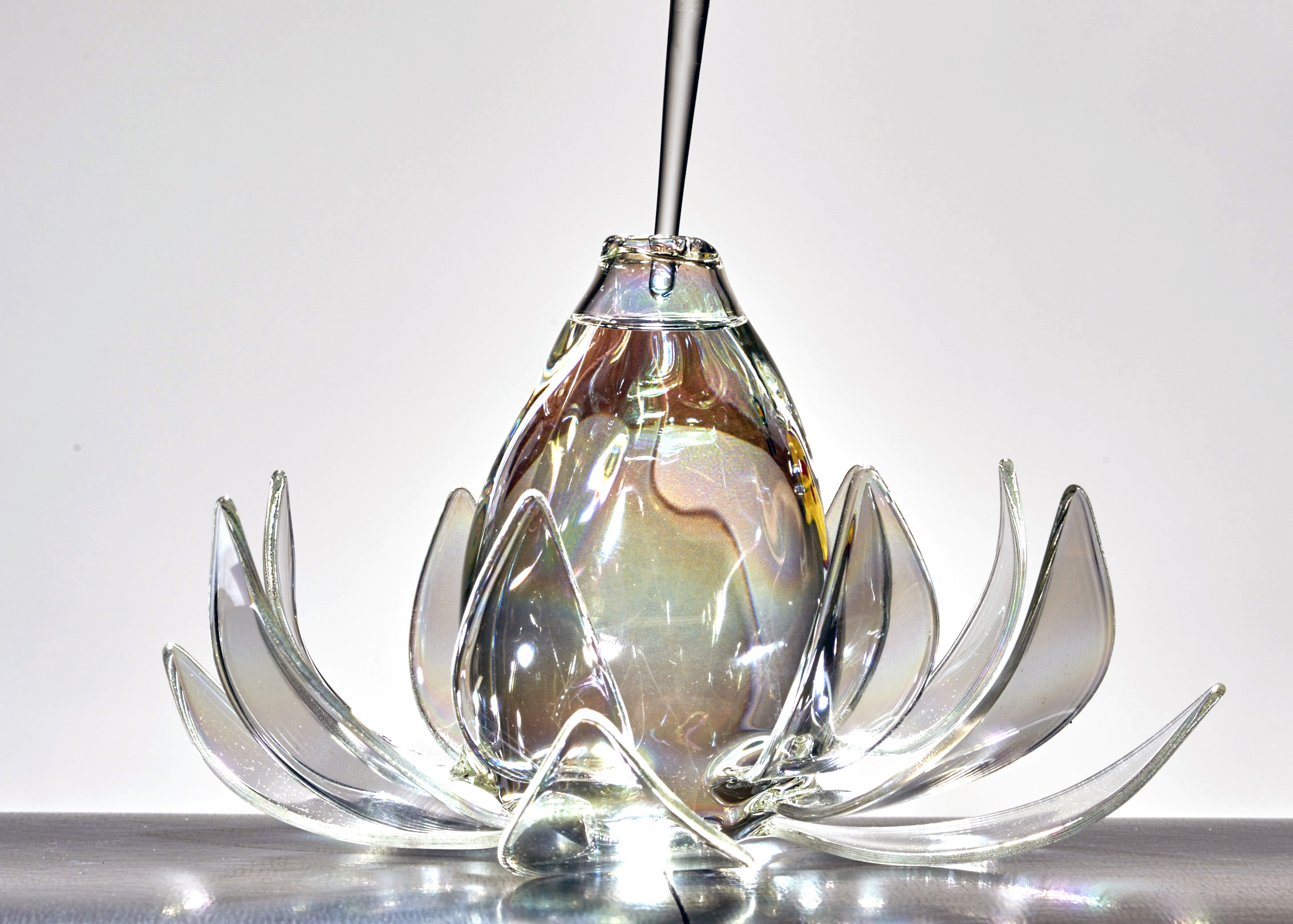
AR: What is the best show you’ve seen recently?
TLB: Condo is currently taking place in London, which is a collaborative exhibition hosted by 24 galleries across 8 London spaces, so I walked through that last week and really enjoyed it. I’m yet to complete the full map but Rob Chavasse at The Sunday Painter, Jala Wahid also at The Sunday Painter but shown by Seventeen Gallery were stand out. Than Hussein Clark at Carlos/Ishikawa. Also, Philomene Pirecki at Supplement Gallery.
Mary Ramsden, RadioPaper is currently on view at Studio Leigh.
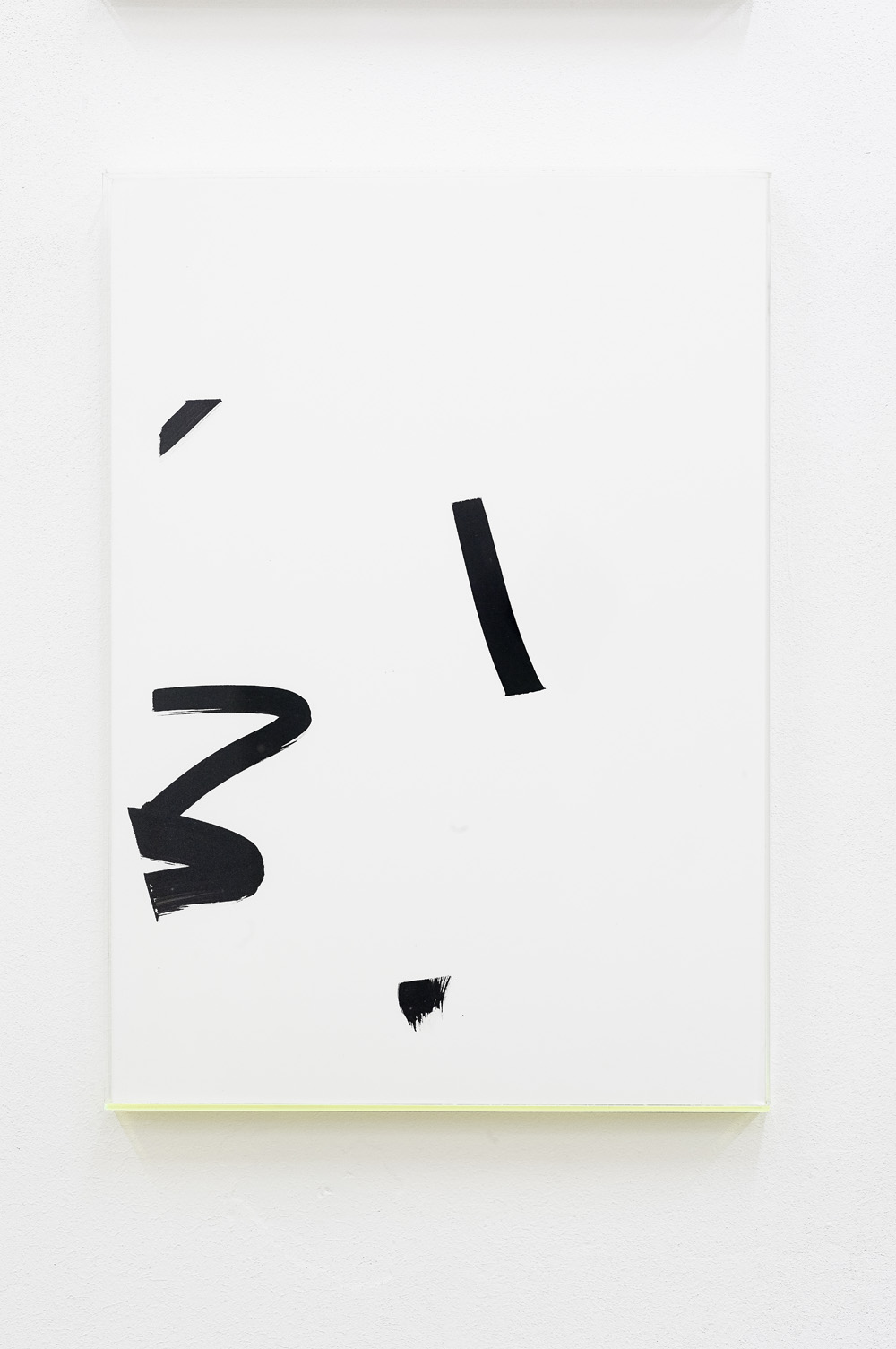
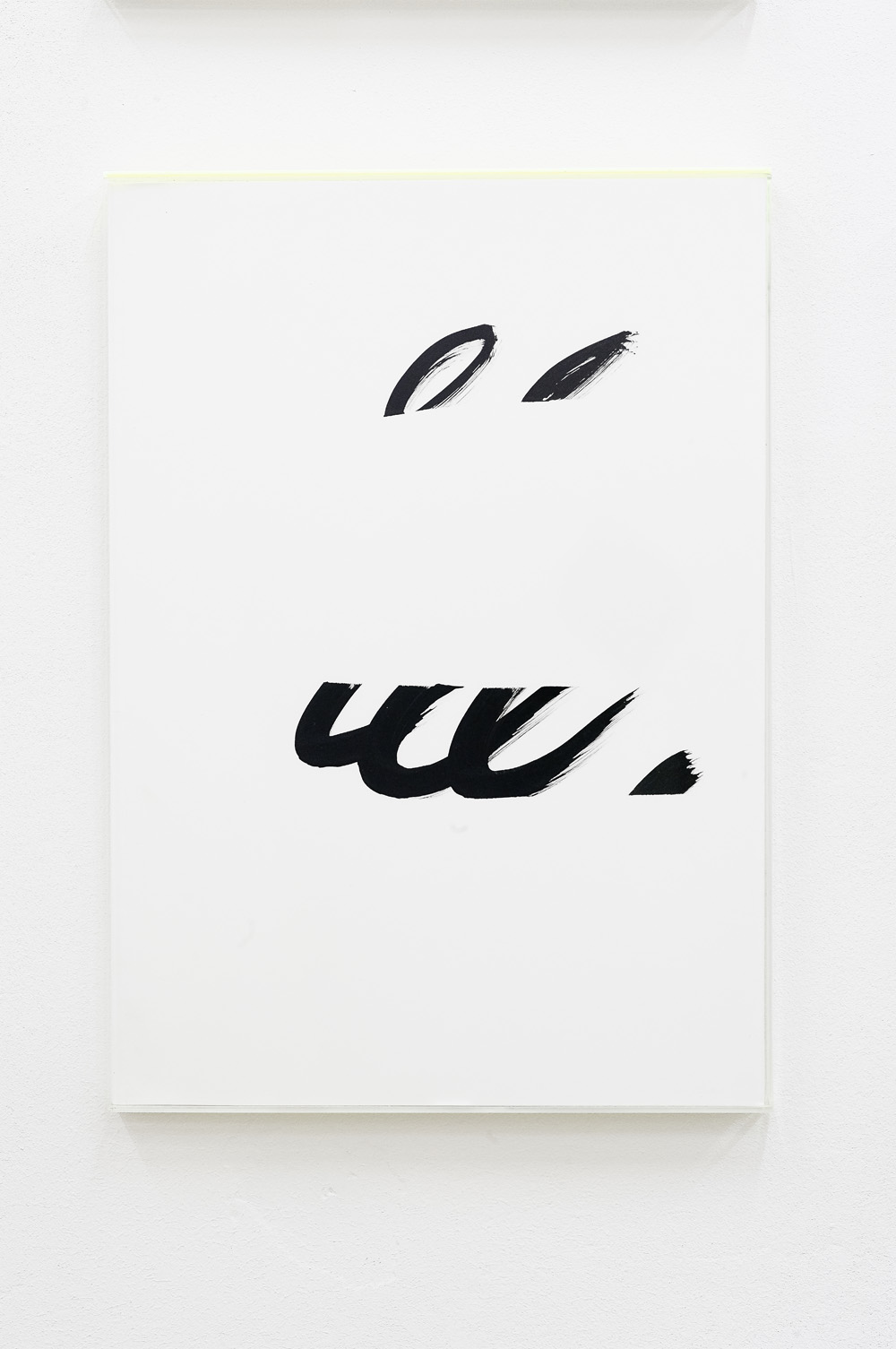
Like this article? Check out British street artist Hush’s curatorial debut and other exclusive interviews.


